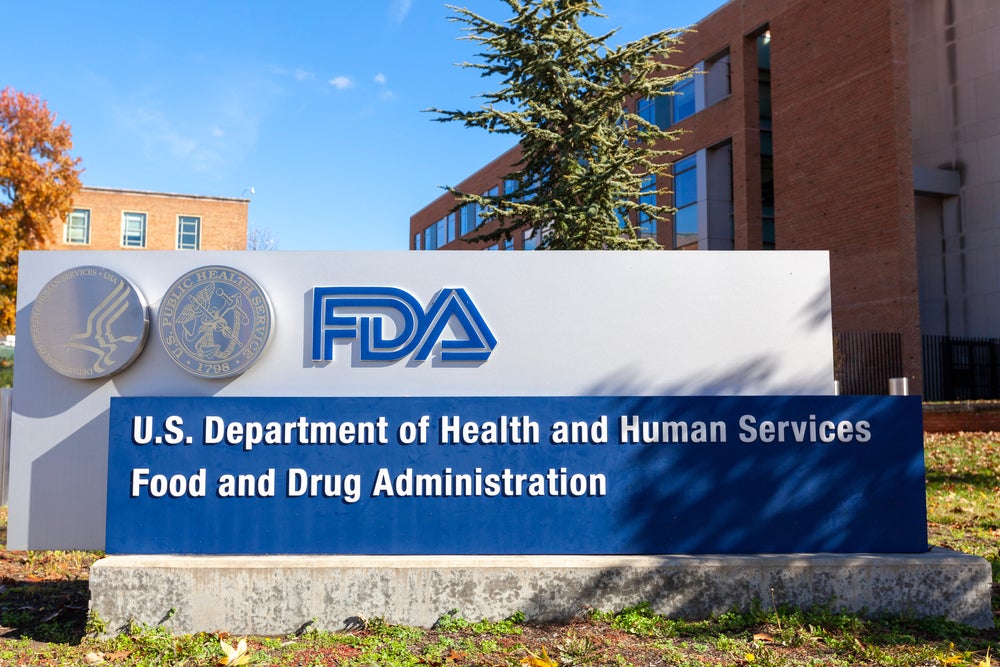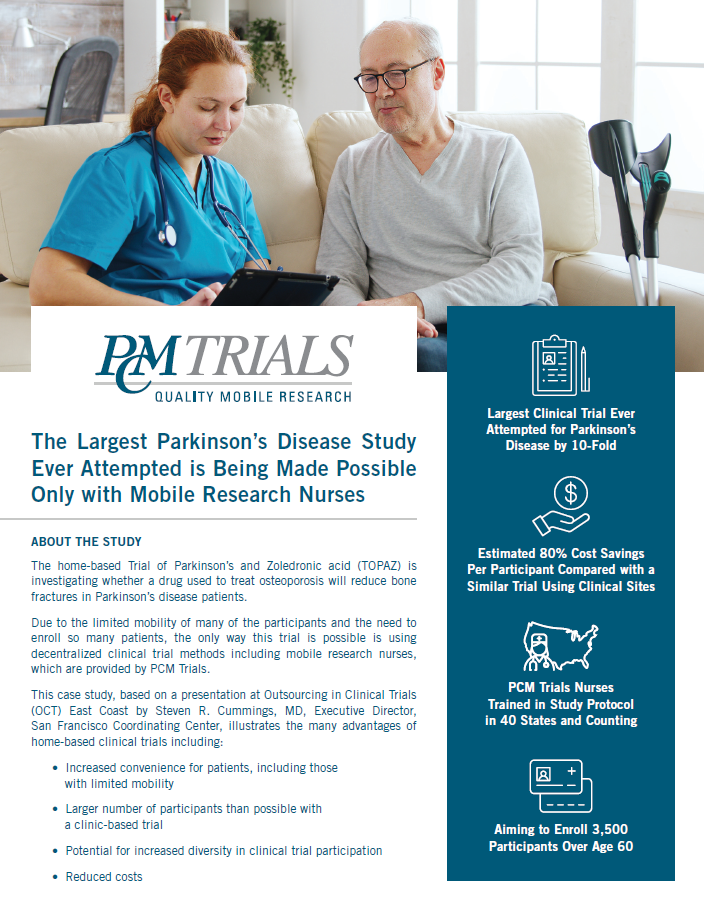
According to the US Food and Drug Administration (FDA), a drug is any product “intended for use in the diagnosis, cure, mitigation, treatment, or prevention of disease” and “articles (other than food) intended to affect the structure or any function of the body of man or other animals” – including active pharmaceutical ingredients and other drug components.
A medical device, on the other hand, is “an instrument, apparatus, implement, machine, contrivance, implant, in vitro reagent, or other similar or related article […] intended for use in the diagnosis of disease or other conditions, or in the cure, mitigation, treatment, or prevention of disease”, “intended to affect the structure or any function of the body […] which does not achieve its primary intended purposes through chemical action within or on the body”, and “which is not dependent upon being metabolised for the achievement of its primary intended purposes”.

US Tariffs are shifting - will you react or anticipate?
Don’t let policy changes catch you off guard. Stay proactive with real-time data and expert analysis.
By GlobalDataDistinguishing between drugs and devices should, then, be relatively simple – but in reality, the categorisation of certain medical products has proven less than straightforward.
In April 2021, the US Court of Appeals for the District of Columbia told the FDA it had wrongly defined a product. The regulator had previously classed Genus Medical Technologies’ contrast agent barium sulfate, or Vanilla SilQ, as a drug – but the court found the product should be considered a medical device instead. The FDA was told that products meeting the definitions for both drugs and devices should, in most cases, be regulated as the latter.
As a result of the ruling, the FDA has said it will publish a Federal Register notice listing the products it “tentatively” determines should “transition to device status”, and is welcoming comments from stakeholders about which products should be transitioned, and how.
The agency said all products that meet the definitions of both a drug and a device are set to be regulated as devices – but what will the move mean for companies whose products fall into this space?
The grey area between drugs and devices
The clearest way to determine whether something is a drug or device is to look at its primary intended purpose – but as we’ve seen in Genus vs FDA, even that can be up for debate.
Isabella Schmitt, director of regulatory affairs at contract research organisation Proxima, says imaging agents, nanoparticles and other chemicals can be challenging to define.
“The route of administration can throw a kink in things; is it an injectable or is it ingested? Is it topically administered? That’s another one that can get kind of confusing,” she explains.
“The primary mechanism of action is typically what [a product’s classification] is definitively based on – but there can be secondary mechanisms of action that can make it confusing to determine what the primary mechanism is, and how much this secondary mechanism of action contributes to the therapeutic effect or the diagnostic effect.”
Drugs vs devices: the regulatory process
Within the FDA, the Center for Drug Evaluation and Research handles the regulation of drugs, while the Center for Devices and Radiological Health deals with medical devices.
All potential drugs must be tested on animals before a drugmaker can submit an investigational new drug (IND) application to the FDA. If an IND application is accepted, the product progresses to human clinical trials, after which the company can request approval for marketing through a new drug application (NDA). Once approved, the drug is subject to post-marketing monitoring to keep track of the drug’s safety and efficacy in patients.
Medical devices are classified into Class I, II, and III, with regulatory control of the product increasing as the classes progress. Most Class I devices do not need to submit a premarket notification, known as 510(k), while most Class II devices require a 510(k) and most Class III devices require premarket approval.
Device manufacturers and initial distributors must register their establishments with the FDA before listing their product with the agency. Devices requiring a 510(k) will only be approved for commercial distribution if they are shown to be “substantially equivalent” to another device on the market in the US, or to a device that the FDA has determined is substantially equivalent.
Class III devices that require premarket approval are high-risk devices that “pose a significant risk of illness or injury, or devices found not substantially equivalent to Class I and II predicate through the 510(k) process”. Unlike the relatively simple regulatory requirements for Class I and II devices, companies seeking approval for Class III products must go through a lengthier process and submit clinical data to support their application.
“It’s a lot more streamlined to go through the device process than it is through the drug process,” Schmitt says. “Both with interactions with the FDA, and the submissions and requirements for the things that you need to establish for safety and effectiveness.”
Transitioning from drug to device
As the FDA’s regulatory requirements for drugs and devices are vastly different, having a product transition from one status to another is no simple process – and for companies whose products are close to or on the market, it could mean time and money down the drain.
“The financial implications could be that they spent a lot of money early on in development, thinking they were a drug when they’re actually a device,” Schmitt says. “Some of the work that they’ve done could be rendered irrelevant, if they’ve gone pretty far and they’ve done clinical trials; depending on what the endpoints of this clinical trials were, they may not address the questions for establishing the safety and effectiveness of a device.”
In October, US drugmaker Eyenovia announced that its pupil dilation product Mydcombi – whose NDA was accepted by the FDA in March – would be transitioning from drug to drug-device combination status as a result of the Genus ruling. The company’s stock price fell by around 35% in pre-market trading following the announcement.
Companies whose products are in the development stages, however, would typically benefit from being regulated as a device rather than a drug, due to the less demanding regulatory requirements. As Genus told the court in April, it would cost around $60,000 to seek regulatory clearance for a device, whereas getting a drug to market would exceed $500,000, along with annual costs of more than $186,000 to keep it there.
“If [a product] was going from drug to device, it would probably be beneficial from a financial perspective, because [the company] would likely have a lower burden from a regulatory perspective,” Schmitt explains.
“They wouldn’t have to establish the same endpoints for safety and effectiveness that they would for a drug; depending on where they are in their development pipeline, there would likely be less clinical trials involved, and potentially less preclinical work would need to be done.”
Mary Beth Ritchey, principal and owner of consulting group Med Tech Epi, says the financial implications of a redesignation will vary depending on what stage of the regulatory or commercialisation process the product is in.
“A company experiencing designation changes midway through preparation for a review, or during the FDA review process, is likely to have greater upfront cost for the newly minted ‘device’ over the ‘drugs’ currently marketed,” Ritchey says. “Conversely, companies with products still in development would be able to utilise the cheaper device regulation pathway to market.
“It is unclear how companies marketing already available products would transition away from the ongoing annual costs associated with the drug regulation and move toward the device designation. Though, given the cost differential, such companies may find it cost-effective to move through the regulatory pathway for devices.”
Schmitt hopes products that have been on the market for years and are now slated for transition will be grandfathered by the FDA, rather than be made to file a new application or submit additional data to the regulator.
“I hope that they would grandfather a lot of these companies, because it would be pretty frustrating for them to have to go through establishing new safety and effectiveness,” she says. “Or, I would hope that they would be able to use a lot of the data that they used for the drugs submissions to support the device submissions, and they would work with those companies in that way.”
The FDA declined to comment on the Genus ruling, or when the federal register notice regarding products intended for transition is expected to be published.
Drug or device: how can manufacturers be sure?
For drug and device companies unsure of where their product fits, Schmitt recommends approaching the FDA’s Office for Combination Products (OCP) for clarification before requesting designation from the agency.
“Historically, the FDA leans on the conservative side of things,” Schmitt says. “If they’re not comfortable and they’re unsure, you’re probably going to end up in the drug bucket, because it gives them more time to go through the safety and effectiveness. Going to straight to the request for designation could end up getting you misplaced into the drug side of things, and you wouldn’t want that, because it’s more costly and takes longer.”
Schmitt adds that there is a limited amount of product information that manufacturers can provide in their request for designation, and this information determines how the product will be classified and the regulatory pathways it must follow. To ensure their products are appropriately designated, companies can first file a pre-request for designation with the OCP to better understand how certain products will be classified.
While the classification of some drugs and devices remains contentious, the court ruling made this year has prompted the FDA to take a clearer, more objective stance on regulating certain products as devices. The move will, for at least some manufacturers, reduce the number of hurdles that require jumping before a medical product can reach the market.





